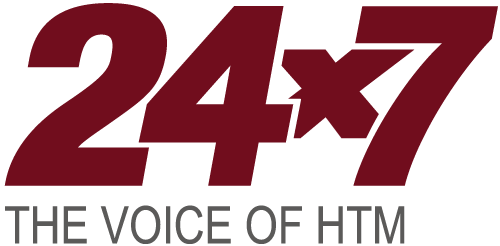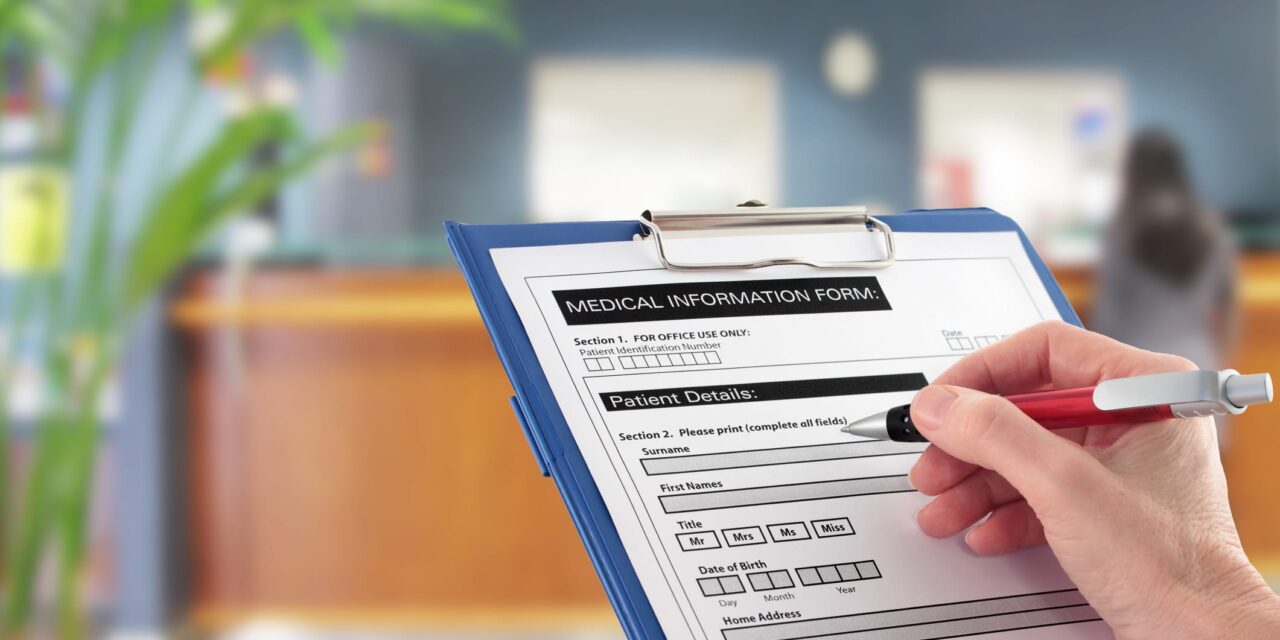Hari Prasad, CEO of Yosi Health, discusses how digital front doors, interoperability, and data safeguards affect smaller practices—and the role of HTM in supporting them.
Interview by Alyx Arnett
The federal “kill the clipboard” initiative is designed to move patient intake beyond paper forms and toward true interoperability. While the effort is often discussed at the policy or IT level, it also has implications for healthcare technology management (HTM) professionals who support the devices, systems, and workflows that make digital intake possible.
For smaller practices and clinics, digitalization can streamline patient experiences and reduce staff burden, but it also introduces new complexities. Concepts like a “digital front door”—where patients begin engagement from home rather than at the front desk—are gaining traction, but they raise questions about how systems connect, how data is shared, and how privacy is maintained.
To explore these dynamics, Hari Prasad, founder and CEO of Yosi Health, a platform focused on patient intake and management, outlines what “kill the clipboard” means for smaller practices, the safeguards needed for data sharing, the roadblocks to making FHIR/API interoperability usable, and the considerations HTM professionals should keep top of mind.
24×7: How does the push to “kill the clipboard” aim to improve interoperability, and how could that impact smaller practices and clinics?
Prasad: The true intent of “kill the clipboard” is to have improved interoperability between various systems to securely exchange and use patient data so physicians can have access to patients’ complete medical history, including records from specialists and other facilities.
For small practices and clinics, “kill the clipboard” modernizes patient intake and reduces staff burden, while interoperability strengthens their ability to deliver coordinated, efficient, and competitive care. Together, they shift smaller practices from reactive, paperwork-heavy environments toward streamlined, tech-enabled patient experiences.
24×7: What does a “digital front door” look like in practice, and how does it change patient check-in or data sharing?
Prasad: A “digital front door” refers to a clinic that uses technology to eliminate repetitive, manual administrative tasks and create a seamless experience for both patients and staff. Instead of beginning at the front desk, patient engagement starts at home. Patients can find the right provider, book appointments, share their medical information, and complete payments before they arrive.
As a result, check-in becomes a simple process of validation and confirmation rather than a time-consuming exercise in paperwork or data transcription, delivering a smoother, more efficient experience that improves satisfaction for both patients and clinic staff.
24×7: What key safeguards do practices need when apps pull data through APIs?
Prasad: Practices need strong safeguards to ensure secure, compliant, and controlled data sharing through APIs. The basics are: HTTPS/TLS encryption, OAuth2/SAML for authorization, short-lived tokens, and strict scope limiting.
Beyond that, require auditable consent flows, revocable permissions, end-to-end encryption for persisted data, and minimal data retention policies for third-party apps. Legal safeguards matter too: business associate agreements where applicable, vendor SOC2 (as Yosi Health has), and contractual SLAs around breach notification and data handling.
24×7: What are the biggest roadblocks smaller practices face in making FHIR/API sharing usable?
Prasad: Smaller practices face significant challenges in making FHIR and API data sharing truly usable. The most pressing roadblock is limited access to technical expertise, which is often costly and beyond their budgets. Many lack the dedicated IT staff or resources needed to support complex data-sharing initiatives.
At the same time, they encounter the same hurdles as larger organizations—such as the absence of reliable, secure, and fully interoperable systems that can seamlessly exchange patient information. Adding to this, their heavy reliance on EMRs creates further limitations, as many systems are not designed to easily support open, standards-based data exchange.
24×7: For HTM pros supporting these systems, what technical/workflow considerations should be top of mind during implementation?
Prasad: Prioritize testing and observability. Validate identity matching with real patient records, run end-to-end trials that include edge cases (duplicates, mismatched units), and monitor API latency and error rates. Log and surface reconciliation failures for clinical staff with clear triage steps. Make sure device and endpoint security is hardened (patching, certificate management, endpoint detection), and coordinate with IT on token lifecycle and certificate rotation policies.
Finally, document playbooks for common failures so frontline staff know when and how to escalate. Often, a solution provider can manage or streamline all this for the practice.
24×7: How will interoperability and patient intake tech evolve, and what should organizations prepare for now?
Prasad: We expect more robust identity services, wider adoption of SMART on FHIR profiles, and richer discrete data exchanges from labs and devices. However, the more important change expected is for EMRs to participate in national initiatives (“kill the clipboard,” etc) and renew the commitment to data sharing.
Record-locating services and stronger patient identity layers will be crucial, but they also require organizations to adopt more robust authentication and consent tools. To prepare, practices should modularize their front-door stack, automate monitoring and reconciliation processes, and ensure staff are well trained on both the technology and the consent workflows.
Most importantly, interoperability should be treated as an ongoing operational capability—something to instrument, measure, and staff for—rather than a one-time IT project.
ID 21069042 © Sue Harper | Dreamstime.com





